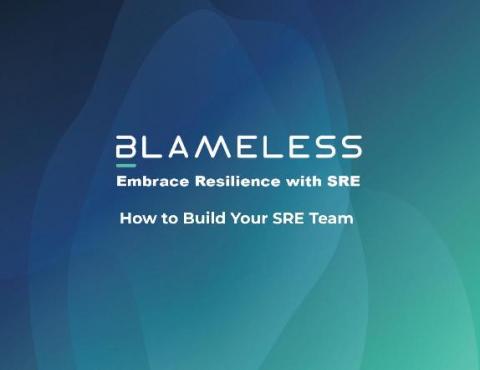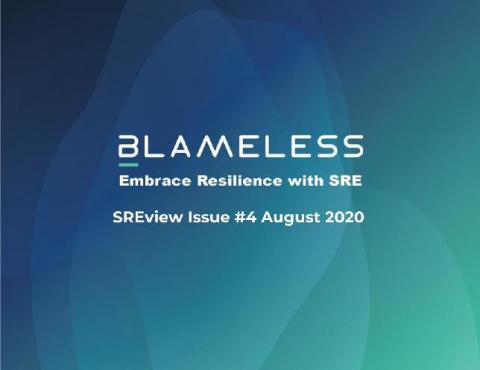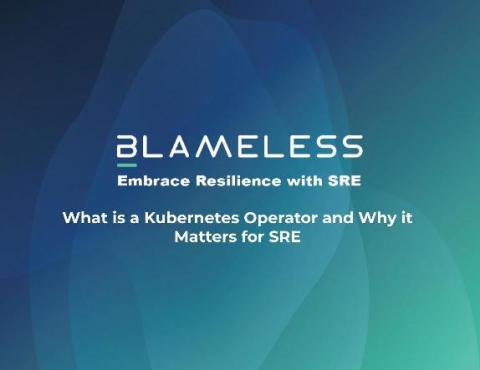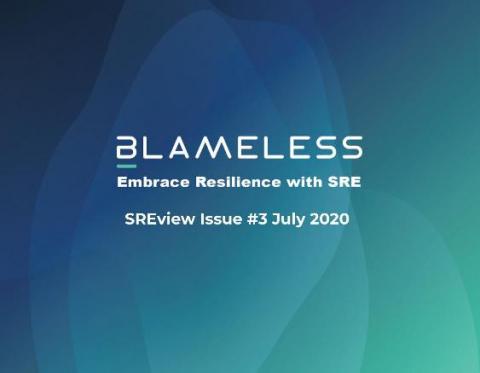Operations | Monitoring | ITSM | DevOps | Cloud
SRE
The latest News and Information on Service Reliability Engineering and related technologies.
SREview Issue #4 August 2020
What is a Kubernetes Operator and Why it Matters for SRE
8 Tips for SRE Wellness
When planning the SRE from home virtual even last month, one of the central themes was wellness and the need for self-care for SREs, especially during this time of crisis. Knowing how stressful an SRE’s day can be, combined that with a global pandemic and new working conditions, we knew we needed programming around SRE and IT wellness for SRE from Home. We’re all looking for ways to maintain a healthy work-life, but hearing this from your peers was especially important.
Choosing the Right SRE Tools
Nishant Singh shares his thoughts on being an SRE
"Things get SREious": SRE from Home Recap
Without SRECon happening this year and the world turned upside down from COVID-19, we set out to hold a virtual event to bring SREs together to share their experiences of what has changed. Last week’s SRE from Home was exactly that. With 1900 registrants, 20 lively Slack channels, six illuminating and entertaining talks from a diverse range of experts in the field and our #askanSRE panel answering attendees’ questions with a candid generosity, it was an amazing, jam-packed day.










